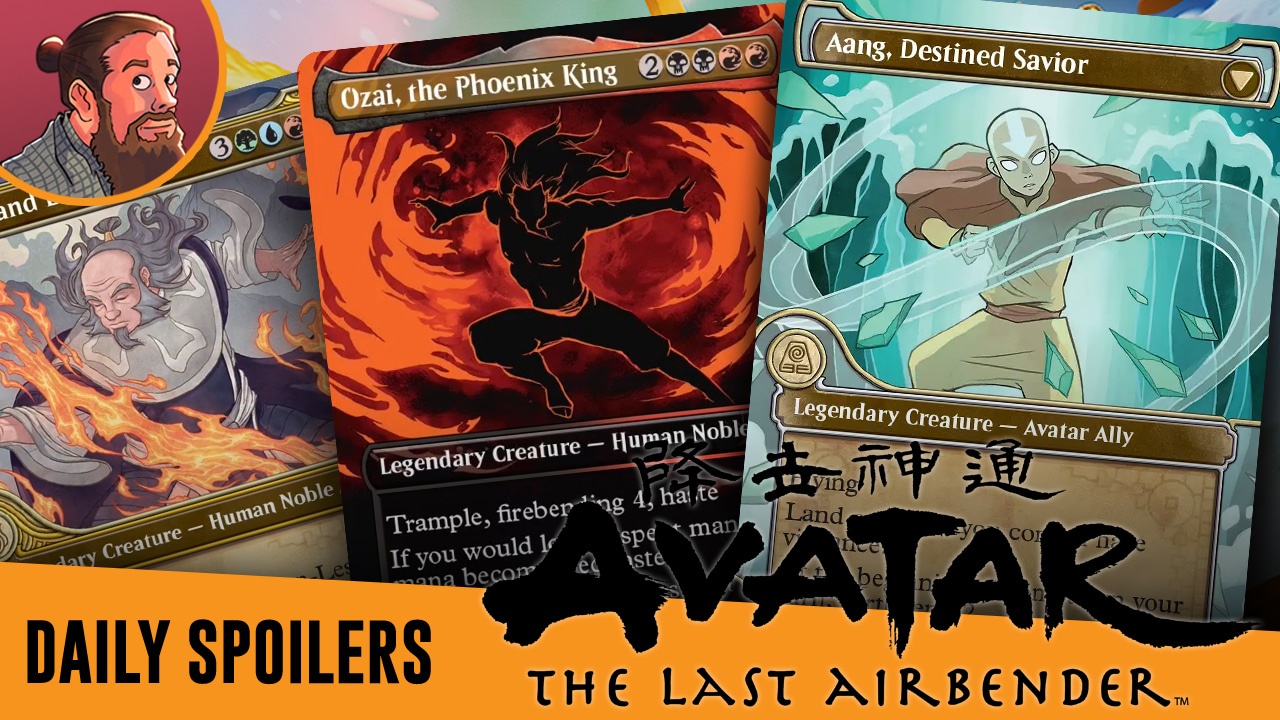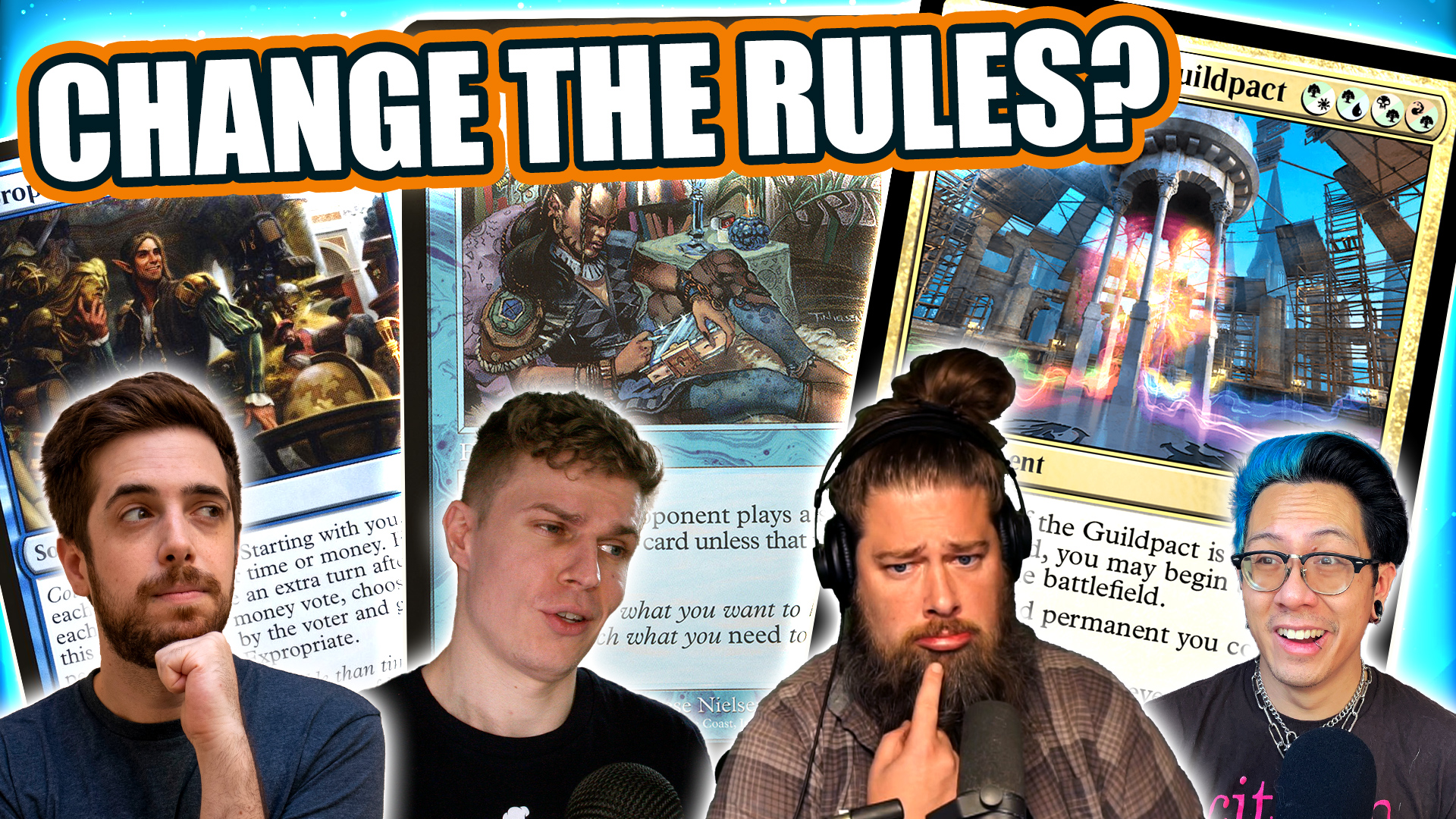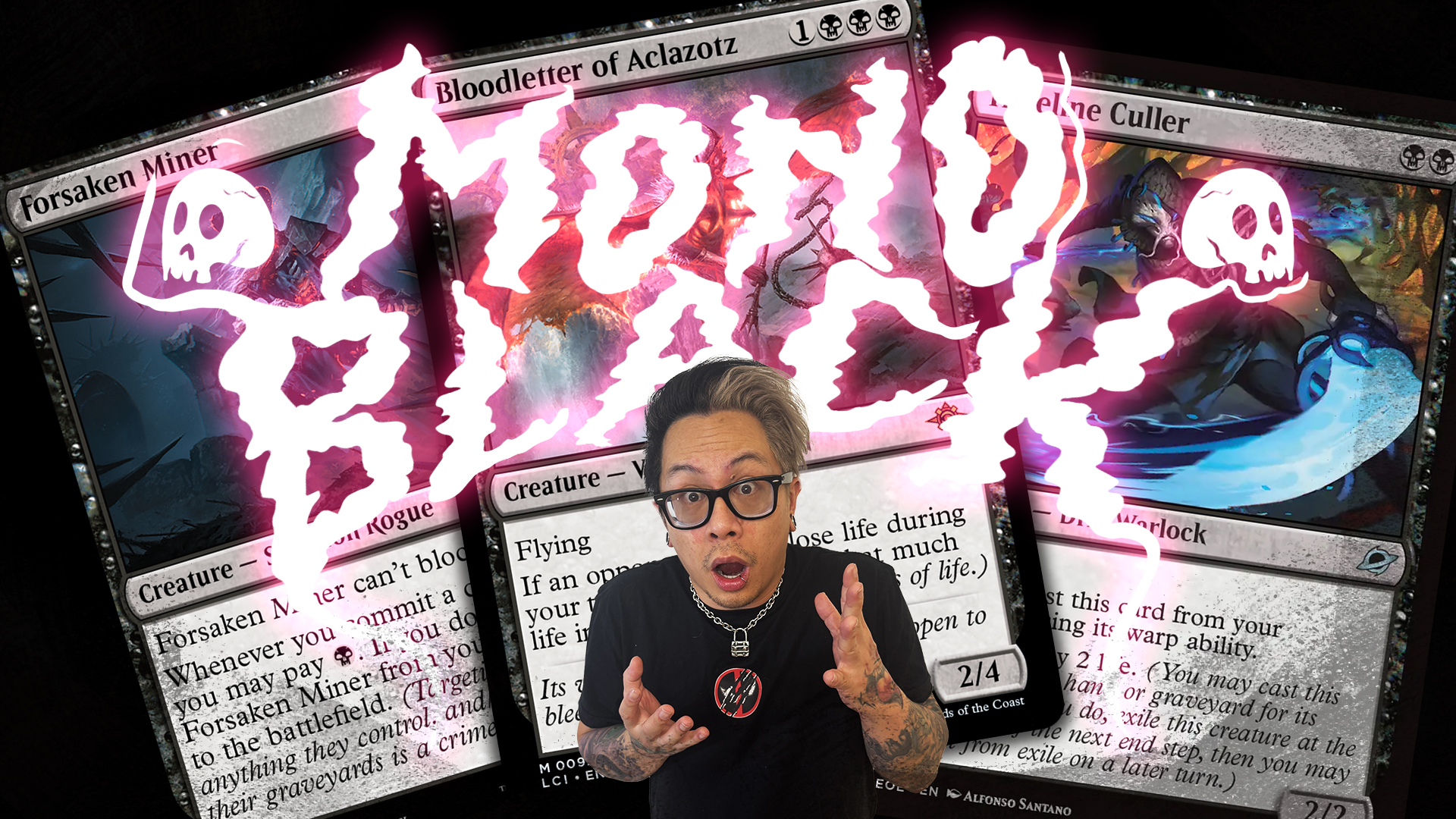The Real Reason Splinter Twin Got Banned
"We also look for decks that hold a large enough percentage of the competitive field to reduce the diversity of the format. In the interest of competitive diversity, Splinter Twin is banned from Modern." - Wizards, January 18th, Banned and Restricted Announcement.
We know the on-the-record reason that Splinter Twin was banned in Modern. It was reducing diversity of the format. Unfortunately, that reasoning rings hollow. Yes, according to the MTGGoldfish database, UR Twin is the single most played deck in Modern at 9.04% of the field, but there are six other decks making up at least 5% of the field. The whole idea that Twin is somehow taking up too much of Modern is strange. Even stranger is the fact that Twin has been more dominant at various points in the past. It isn't like January 2016 Twin is significantly better or more played than September 2015 Twin or January 2014 Twin. That begs the question, why now? It wasn't that the percentage Twin occupied in the meta suddenly jumped, or that it won a string of events, or that it got a new powerful card. Twin is Twin is Twin — the same as it has been for the past 5 years. If it's reducing the diversity of the format now, it surely was in the past. Why didn't this banning happen months or even years ago if it was necessary for the health of the format?
Today, I'm going to walk you through the real reason why Splinter Twin was banned. Now, before we get into it, I want to make it clear: I don't think Wizards' justification is untrue. Splinter Twin does push other decks out of the format. Instead, I think it has always been true. If Splinter Twin wasn't banned three months or three years ago, it isn't bannable now, at least for the reasons Wizards stated. Anyway, here's why Splinter Twin was banned in Modern. If you want some commentary on the aftermath of Modern prices from the bannings, be sure to check out the Finance Update in our Weekly Update.
1. Wizards' Goal is to Make Money

Let me repeat that. Wizards' goal is to make money. This means ... wait for it ... Wizards' goal is to make money. I think a lot of players, myself included, fall into the trap of thinking Wizards is Santa's Factory for Magic cards, where jolly ol' Maro and his elves make cards to bring joy to all the boys and girls in the world. While this view is understandable, considering Wizards goes out of its way to portray itself as Santra's Factory for Magic, it's also naive. Like any other company, Wizards has one goal: to make a profit for its shareholders.
The good news is Wizards' goal of making money is often congruent with the Magic player's desire to have cool, fun, new Magic cards. Wizards prints cool cards, we buy cool cards, everything in the multiverse is right. However, there are times when what the players want, and what Wizards wants are at odds. One such instance is in regards to the Pro Tour.
2. What is the Pro Tour?
Again, players often misinterpret the meaning of the Pro Tour, in part because of how Wizards markets the event. Players see the Pro Tour as a time to see their favorite players playing cool new decks. They want compelling story lines, Luis Scott Vargas puns, epic top decks, and good entertainment. For Wizards, the Pro Tour is about selling cards.
Let's say Wizards prints this really cool Magic set full of interesting new cards. What better way of advertising than having "Magic pros," well-known, trusted figures in the community with huge followings get together for a huge tournament with prizes? The pros are incentivize to build the best deck possible, which means testing and playing with cards from the newest set. Regular players (i.e. the audience) see their favorite pro player playing a cool new deck with cool new cards, and they buy the product so they can play the deck at the next Friday Night Magic or SCG Open.
Yes, Wizards spends a lot of money on the Pro Tour. They fly pros and hall of famers to the event, hand out prizes, pay broadcasters, create cool graphics, rent an event center, but they make it back through product sales. The Pro Tour isn't a charity designed to be nice to players. It's a marketing event designed to make Wizards money.
Now before I go further, I need to make something very clear. Wizards making money is not a bad thing. I know some of you are taking this the wrong way, but when it comes down to it, we want Wizards to make money. It lets them keep making Magic cards, which makes us happy.
3. Modern Doesn't Make Wizards (Much) Money
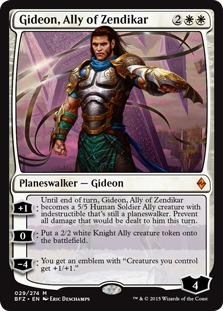
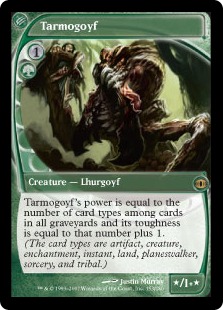
Let's rehash. Wizards is about making money, which is normally congruent with the player's goal of getting cool new cards to play with. The Pro Tour is a huge marketing event designed to sell Magic cards. With me so far?
A year and a half ago, Wizards announced that all Pro Tours would be the Standard format. The decision is a smart move considering the goal of a Pro Tour is to market and sell the newest Magic set. New cards are exponentially more likely to show up in Standard than Modern. For Wizards' plan of using the Pro Tour to market the newest Magic set to work, cards from the set need to be played at the Pro Tour. That means for the Pro Tour to succeed, it needs to be Standard.
Let's look at two scenarios. Let's start by using Pro Tour Battle for Zendikar and Gideon, Ally of Zendikar as an example. Wizards releases a new set called Battle for Zendikar. A couple weeks later they hold a Pro Tour to market the set. Forty-thousand people tune in to watch the event. These people see their favorite pros playing with decks built around Gideon, Ally of Zendikar. Some percentage of these 40,000 people are going to go and buy copies of Gideon, Ally of Zendikar, either by purchasing sealed product in hopes of opening a copy, benefiting Wizards greatly, or buying copies from vendors like StarCityGames or Channel Fireball, which still benefits Wizards. Wizards is happy, the players are happy, vendors are happy, and the Pro Tour is a success.
Now, let's say Pro Tour Battle for Zendikar was Modern instead of Standard. Forty-thousand people tune in to watch their favorite pros play with a very cool (but not new) card called Tarmogoyf. Some percentage of these people decide they just have to have a Jund deck for themselves. Since there really isn't sealed product available to crack in hopes of opening a Tarmogoyf (yes, I understand you can buy Modern Masters 2015, but that isn't anywhere as accessible as a Standard legal set), their only option is to buy Tarmogoyf from a vendor. While this transaction benefits the vendors, it really doesn't pay Wizards. It's not like there's sealed product out there for vendors to crack either. Instead there is just one less Tarmogoyf in the wild and some more money in Channel Fireball's pocket. The players are happy, the vendors are happy, but Wizards is unhappy; they just spent a ton of money on marketing and saw very little return compared to a Standard Pro Tour.
Now remember when I mentioned Wizards tried to axe Modern Pro Tours and make them all Standard? That is why. However, I didn't get to the ending of the story. We, as the community, threw a fit. In fact, we were so vocal that Wizards backed down from their plan to get rid of the Modern Pro Tour. Wizards essentially had their hands tied. They have to keep hosting a Modern Pro Tour ever year because we backed them into a corner. However, Wizards still needs to strive for their goal of making money. What does Wizards do? They try to take make the best of a bad situation.
4. Wizards is Trying to Do it All


To recap, Wizards is stuck running a less profitable Modern Pro Tour once a year. A Pro Tour that is horrible at selling the new set because it is so rare that new cards break into Modern. So what Wizards does is turn some lemons into lemonade by making the Modern Pro Tour as profitable as possible.
Granted a Modern Pro Tour is going to happen, what Wizards cannot do is have it be boring. Sure, maybe the Modern Pro Tour isn't going to sell as many cards as a Standard Pro Tour, but if they can make it a compelling event, an event that can draw in a ton of viewers, they can grow the brand. Having every Modern Pro Tour be Twin vs. Pod isn't interesting. It isn't going to draw in viewers. It isn't going to grow the brand. So Wizards turns to the one way they can control the format: the Banned and Restricted List. The one way Wizards can guarantee that a non-rotating format like Modern stays fresh and exciting is to ban (or unban) something.
They have to be sure that whatever they ban (or unban) is impactful. Releasing Worldgorger Dragon into Legacy doesn't exactly create the recipe for high intrigue. Wizards need to mess with a tier one deck. Last year it was Birthing Pod; this year it is Splinter Twin. Next year, assuming we still have a Modern Pro Tour, it will be something else. This pruning is the only way Wizards can salvage some equity from the Modern Pro Tour. It should be expected every year moving forward.
And the truth of the matter is that it works. The banning of Splinter Twin has everyone talking about Modern. You can bet the Pro Tour is can't miss TV because everyone is going to want to see what a Twin-less Modern looks like.
We made Wizards host a Modern Pro Tour every year. Having a "irrational" banning every year is the unintended consequence of our decision. If Pro Tour Oath of the Gatewatch was Standard, Splinter Twin would still be in the format. If Pro Tour Fate Reforged was Standard, it's likely you'd still be able to play with Birthing Pod.
We can fight and argue over whether banning Splinter Twin was the right choice. But there's no argument as to why this ban happened. These bans will continue to happen as long as we have a Modern Pro Tour. Wizards is trying its best to make us happy by keeping the Modern Pro Tour, while still achieving its one and only goal of making a profit.
We did this to ourselves, accidentally and ignorant of the consequences, but it was our pitchforks that got Splinter Twin banned. It will be our pitchforks that get another card from a tier one deck banned next year and the year after that. Wizards is simply trying to make lemons into lemonade.
Conclusion
Anyway, that's all for today. Leave your thoughts, ideas, opinions, and suggestions in the comments. You can reach me on Twitter (or MTGO) @SaffronOlive.


